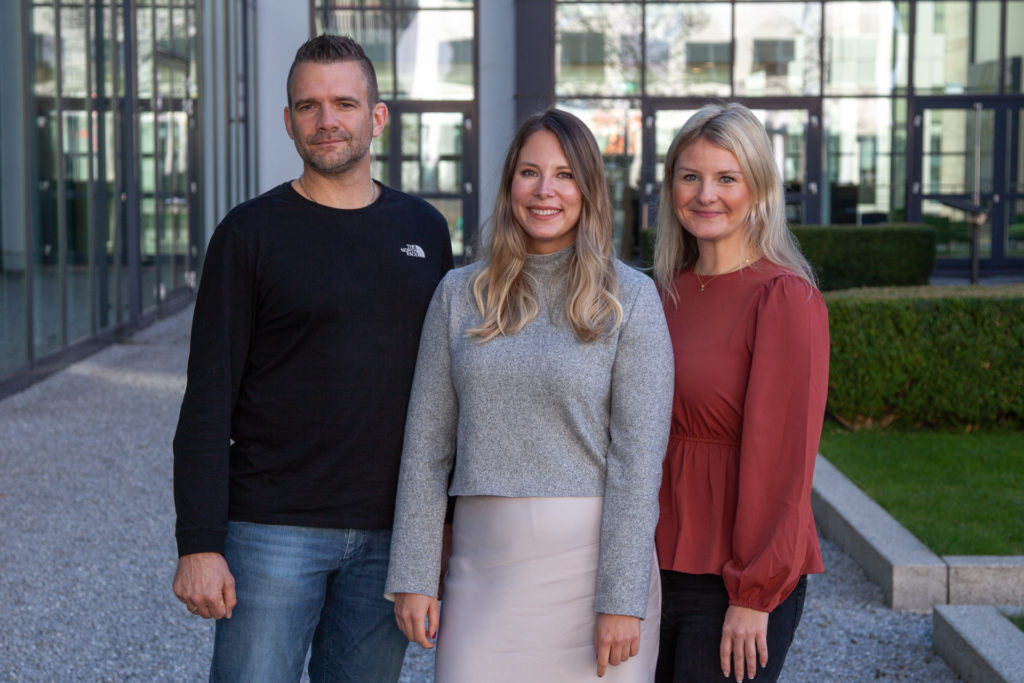HR Trends 2023: What trends are HR professionals facing?

Society will continue to undergo complex changes in 2023. Many of these dynamics have a tangible impact on human resources.
We therefore want to know: What specific challenges are we facing? Which HR trends do we need to be aware of now? How can we meet these challenges?
1. Society and HR
The challenges for HR professionals in 2023 are enormous.
Technological disruption, a weakening economy, increasing skills shortages, generational and cultural change, and political uncertainty are creating complex challenges for HR professionals and their organizations.
These challenges are technical as well as human and organizational in nature. Accordingly, there are no one-dimensional solutions to the new questions of this time.
In any case, it is important to know the biggest challenges so that you can implement your own strategy and allocate resources accordingly. We have therefore researched which HR trends are expected by most experts.
Here are the top 4 HR trends for 2023:
2. HR trends 2023
Upskilling
Companies should increasingly look inwards and create competencies through internal recruiting and upskilling, i.e. the further training of their own employees – especially with regard to HR tech and data.
This need arises not only from the shortage of skilled workers, but also because employees – according to a survey by Gartner – increasingly expect more training opportunities from their employers.
According to Gartner, recruiting today is further complicated by the fact that predicting what skills will be needed in the future is becoming increasingly difficult in the face of constant change. Companies must therefore become better at anticipating changing requirements by continuously evaluating tasks and workflows.
People in focus
Even more than in the past, employees and their needs are the linchpin for companies today. Employers must take the most holistic measures possible to promote their mental and physical well-being (keyword: Employee Wellbeing).
Other implications include:
- Individualized measures, which meet the professional as well as the personal situation of the employees.
- Flexible working hours, which are adapted to the life circumstances of the employees.
- Overlap of personal values and political views between company and employees.
At the same time, a new, “youthful” management style is expected, which should be increasingly empathetic, supportive and at eye level with the employees.
Restructuring of the organization
A world of work that is in a constant state of flux not only presents organizations with structural challenges (e.g., with regard to hybrid work). Some experts also see a high degree of fatigue toward change on the part of employees. They therefore recommend that change processes be thought of less top-down. Instead, structures should be created that allow more democratic (bottom-up) participation.
For example Gartner suggests:
- Strategy: Involve workforce as active participants in decisions about change.
- Implementation: Link responsibility for planning and implementing change to personal goals of employees.
- Communication: Open communication culture on the subject of change.
Data & Tech
Data plays an increasingly important role in identifying promising candidates in recruiting. However, concrete use cases for data-based processes can also be found in internal matters. Josh Bershin, for example, speaks of „people analytics“. By this he means the systematic collection of information on, among other things, “wellbeing, burnout, the impact of remote work, data office attendance [and] where and how employees collaborate.”
In addition, some experts expect a change in the landscape of existing HR technologies, which will evolve towards holistic and centralized systems.
Last but not least, advances in artificial intelligence are creating a lot of buzz. However, it is difficult to predict the concrete effects of these developments.
3. Similarities and differences
Looking at the landscape of predictions on HR trends, the commonalities are particularly striking. While differences in the weighting of the individual trends and challenges may be identified, on the whole, the various experts seem to be in agreement.
There are therefore only a few outliers. For example, some see concrete use cases for the metaverse, which has been able to spark rather little enthusiasm in the recent past.
4. Implications for HR
The biggest HR trends in 2023 illustrate once again that the challenges described for HR professionals are inextricably linked to social dynamics.
Accordingly, the resulting requirements are complex. As mentioned at the outset, HR staff must operate in a complex network of technical, human, and organizational elements.
In view of this complexity, one may now ask: How is this to be managed? And how exactly do I recognize success and failure?
In order to find appropriately individualized answers to these questions for one’s own company, one must first take the “step back” so often invoked. This involves looking at the starting position, assessing resources, defining goals and making them measurable.
However, time and leisure are often lacking for precisely these things in day-to-day business. In such cases, external consulting can be particularly useful. HR factory’s consulting was created precisely for such complex situations and provides support for the strategic questions that are so pressing at this time.

5. HR Consulting
At HR factory, we place a strong focus on holistic solutions. To this end, we offer our customers comprehensive consulting services – from stocktaking and in-depth analyses to concrete implementation plans.